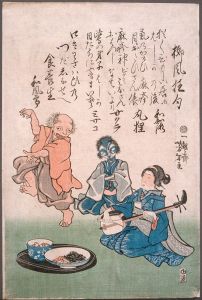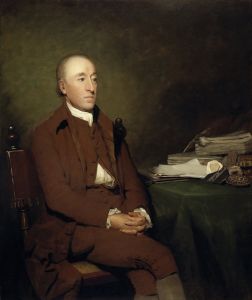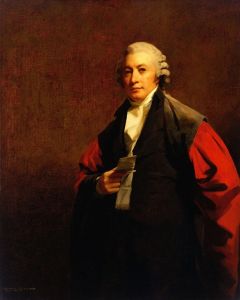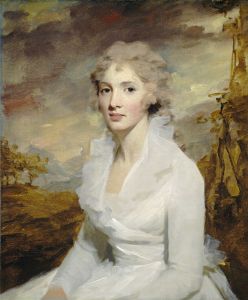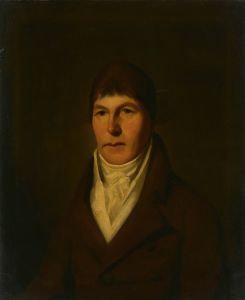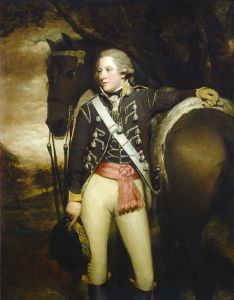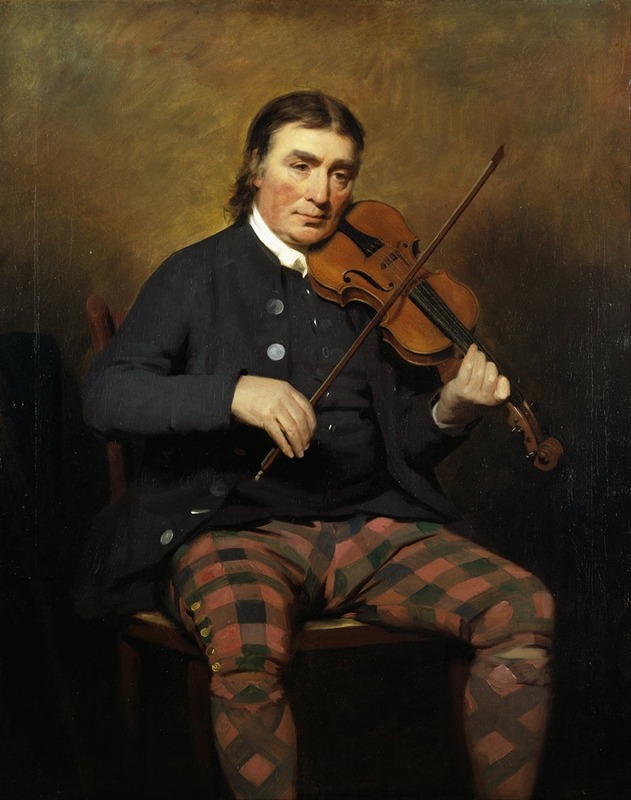
Niel Gow, 1727 – 1807. Violinist and composer
A hand-painted replica of Sir Henry Raeburn’s masterpiece Niel Gow, 1727 – 1807. Violinist and composer, meticulously crafted by professional artists to capture the true essence of the original. Each piece is created with museum-quality canvas and rare mineral pigments, carefully painted by experienced artists with delicate brushstrokes and rich, layered colors to perfectly recreate the texture of the original artwork. Unlike machine-printed reproductions, this hand-painted version brings the painting to life, infused with the artist’s emotions and skill in every stroke. Whether for personal collection or home decoration, it instantly elevates the artistic atmosphere of any space.
The portrait "Niel Gow, 1727 – 1807. Violinist and Composer" by Sir Henry Raeburn is a significant work of art that captures the likeness of one of Scotland's most celebrated traditional musicians. Niel Gow was a prominent Scottish fiddler and composer, renowned for his contributions to Scottish folk music during the 18th century. Born in Strathbraan, Perthshire, in 1727, Gow became a central figure in the Scottish music scene, particularly known for his skillful violin playing and his compositions of strathspeys, reels, and other dance tunes.
Sir Henry Raeburn, the artist behind this portrait, was a leading Scottish portrait painter of the late 18th and early 19th centuries. Raeburn was known for his ability to capture the character and presence of his subjects, often painting notable figures of Scottish society. His portrait of Niel Gow is no exception, as it reflects both the dignity and the artistic spirit of the musician.
In the portrait, Gow is depicted with his violin, an instrument that was central to his life and career. The painting is noted for its realistic portrayal, capturing the texture of Gow's clothing and the thoughtful expression on his face. Raeburn's use of light and shadow adds depth to the image, highlighting Gow's features and the contours of his violin. This attention to detail is characteristic of Raeburn's style and contributes to the painting's enduring appeal.
Niel Gow's influence on Scottish music was profound. He was a prolific composer, credited with creating numerous tunes that have become staples of the Scottish folk repertoire. His compositions include famous pieces such as "Niel Gow's Lament for the Death of His Second Wife" and "Farewell to Whisky." Gow's music was characterized by its emotive melodies and rhythmic vitality, reflecting the traditional Scottish dance forms that were popular during his lifetime.
Gow's reputation as a fiddler was such that he was often invited to perform at social gatherings and events, including those attended by the Scottish nobility. His playing style was admired for its expressiveness and technical skill, and he became a sought-after performer throughout Scotland. Gow's legacy was further cemented by his collaborations with other musicians, including his son Nathaniel Gow, who also became a noted composer and musician.
The portrait by Raeburn serves as a visual testament to Niel Gow's enduring legacy in Scottish culture. It not only commemorates his contributions to music but also provides insight into the artistic milieu of 18th-century Scotland. The painting is held in high regard and is part of the collection at the Scottish National Portrait Gallery, where it continues to be appreciated by art enthusiasts and historians alike.
In summary, the portrait of Niel Gow by Sir Henry Raeburn is a significant cultural artifact that celebrates the life and work of one of Scotland's most influential musicians. Through Raeburn's skilled artistry, the painting captures the essence of Gow's character and his impact on the world of Scottish traditional music.





